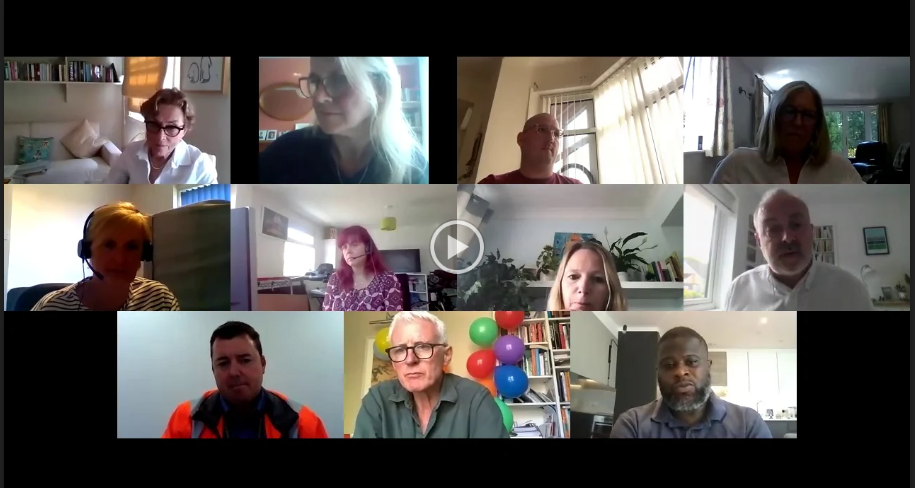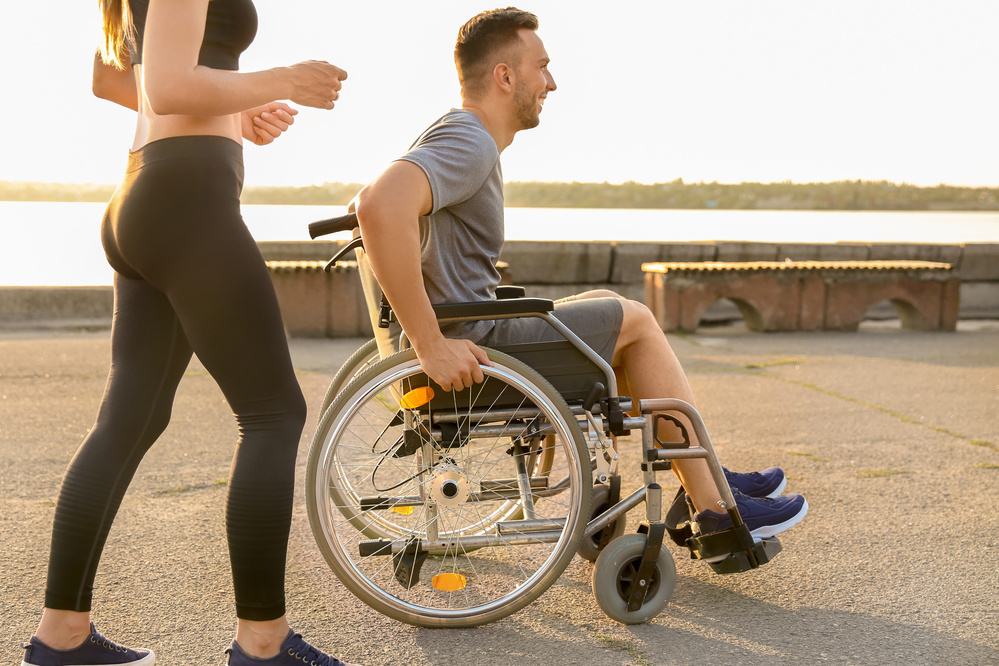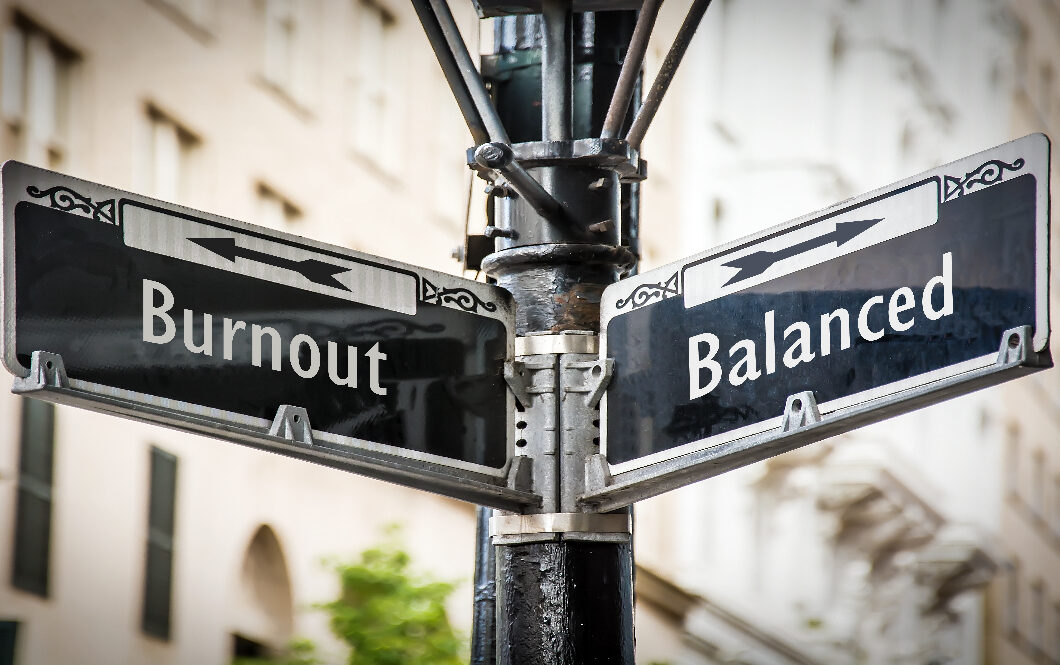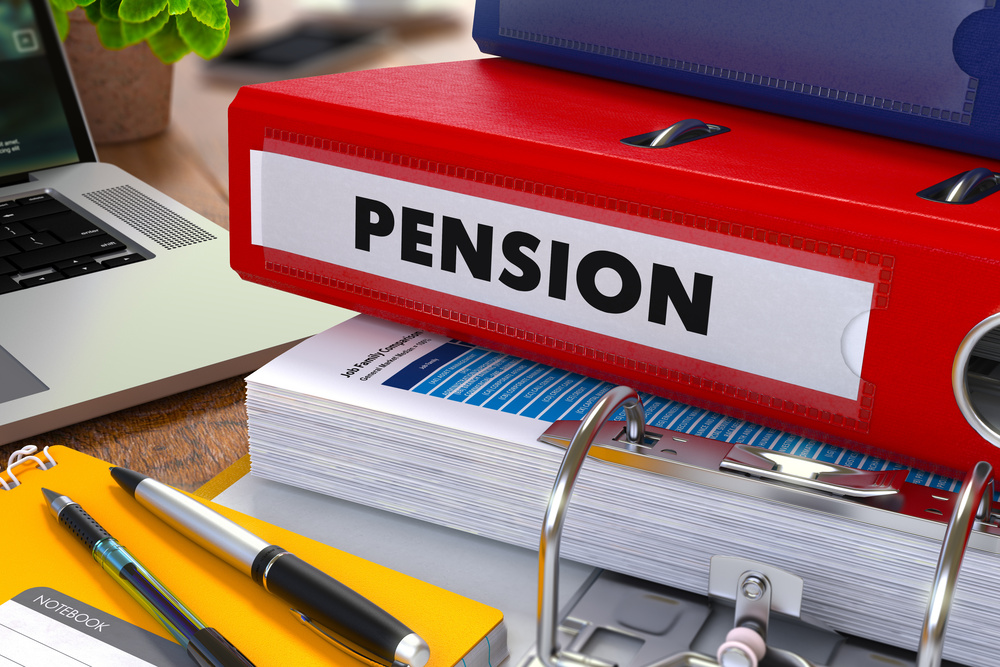Pressures and anxieties in the workplace have changed since the onset of the Covid-19 pandemic and progressive employers are prioritising mental health and wellbeing. For this fourth virtual roundtable I am joined by a stellar group of leaders to discuss how priorities are evolving and to explore the role of data in guiding wellbeing programmes.
The roundtable was co-hosted by former Health Minister Sir Norman Lamb, a XenZone Advisory Board Member (XenZone is the company that runs Kooth – one of the largest digital mental health online applications in the UK) and Dr Lynne Green, a Consultant Clinical Psychologist and Chief Clinical Officer at Kooth. The discussion was chaired by me – Claire Farrow, Global Head of Content, Make A Difference.
The panel:
- Dame Carol Black, Adviser on Health & Work to NHS Improvement and Public Health England
- Karl Simons, Chief Health, Safety, Security and Wellbeing Officer, Thames Water
- Vanessa Sallows, Claims & Governance Director, Legal and General
- Paul Caudwell, Health & Wellbeing Manager, Co-op
- Nick Davison, Head of Health Services, Leisure Benefits & Hotels, John Lewis Partnership
- Dr Ferron Gray, President, Grae Matta Group
- Maureen Healey, Occupational Health Nurse Manager, GlaxoSmithKline
- Heather Buckeridge, Clinical Consultant, Aviva
Same storm, different boats
The discussion gave a valuable snapshot of different workplaces across a broad range of sectors. Each has been dealing with a myriad of challenges throughout the pandemic’s different phases. These range from supporting colleagues through isolation, to stepping up and keeping frontline services going, onboarding new staff to meet demand, furloughing or shielding employees.
There was consensus that even though COVID-19 is global, everyone is experiencing it differently. If the pandemic has taught us anything, it’s that as individuals, we’ve all got our own sense of wellbeing. Whether we’re talking about psychological, physical, social or financial wellbeing, the anxieties employees are facing are very different depending on who they are and where they work.
Some are concerned about leaving their homes and returning to what they hope will be a safe workplace environment. For others, who have continued to be office based as key workers or because they were unable to work from home, the influx of people returning to offices is creating real anxiety.
Some frontline shop workers are worried that by enforcing the need to wear face masks they may expose themselves to aggressive customers. Others are anxious about whether their employer will allow them to work from home if their child tests positive for Covid-19 and they need to self-isolate.
Making it personal
Recognising that individuals are all reacting differently to the pandemic, Lynne emphasised the need for organisations to try to meet individual wellbeing requirements whilst being fair to all. Training managers was recognised as a key part of this, including preparing leaders to have emotional conversations that show they care.
Everyone’s experiences of the pandemic are individual, but many share anxieties around the uncertainty that it has created. Molly said: “Nobody is certain about anything”. For her the biggest pinch point is around lack of clarity in communication from the Government.
Colleagues are constantly being asked to adapt. First many adapted to working from home. Now they need to adapt again.
We were reminded that when people are having to absorb so much change and handle uncertainty, one of the most fundamental parts of a pathway to wellbeing is allowing employees to be involved in decisions. This helps them to feel part of positive change.
Lynne summed up: “When everybody’s sense of control has been threatened in so many ways, it’s crucial to enable that sense of control in whatever way we can”.
Helping employees to focus on self-determination and understanding individual resilience, as well as starting conversations about being kind to yourself, are ways in which John Lewis Partnership is addressing this.
Paul pointed out that at Co-op: “When you ask about wellbeing right now our frontline staff will generally answer from a safety point of view – talking about face masks and visors and PPE. That opens other conversations once the safety base need is sorted. But you have to get that base need sorted first”.
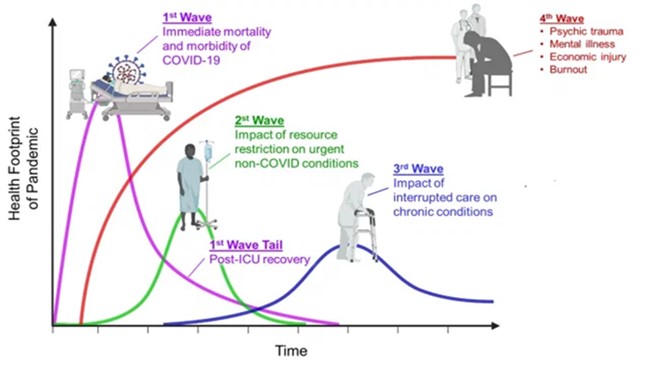
Dealing with Covid-19 linked trauma and post-traumatic stress in the workplace
“When you think about trauma” Lynne said, “you might think about specific events that can cause trauma such as bereavement, abuse or car accidents. But COVID-19 is a huge traumatic event for all of us. My hope is that employers will take a precautionary approach which assumes everybody has been affected by the pandemic at some level or another”.
Dame Carol Black reminded us that frontline workers who have been in stressful roles are particularly susceptible to being affected by trauma, or even post-traumatic stress further down the road. These could be the nurses and doctors that have been saving our lives. Or they might be Co-op funeral workers (who have seen a threefold increase in their workload), or those dealing with death or income protection claims.
Vanessa added: “These people are dealing with vulnerable individuals, but we mustn’t forget that they are vulnerable too. We’ve worked really closely with The Samaritans and our own clinical team putting in place the right support mechanism for all those people. It’s crucial that their wellbeing is safeguarded”.
The same is true for mental health first aiders. Many have been called upon to support colleagues during the pandemic. But their roles can be emotionally challenging and it’s key that they also receive the support they need.
Emerging anxieties: ending furlough and financial hardship
The end of furlough is another issue on people’s minds. Dame Carol pointed out that: “Once a person has been out of work for six weeks due to sickness absence, every week after that they are less likely to go back to work. Is there much difference if someone has been on furlough for 12-16 weeks? It’s highly likely that they will have become physically and mentally deconditioned. Their motivation and self-esteem will have been sliding. Many will have the added anxiety of not being sure whether they have a job when furlough ends”.
Ferron echoed this perspective mentioning a Global Mental Health Report which his organisation put together for the B20 in 2018. This found that people who had been long-term unemployed suffered from anxiety. If this anxiety wasn’t addressed, it made it harder for them to stay in employment. He believes that the same will apply to people on furlough and suggests employers and Government could provide financial aid within the benefits system, giving those not returning to work from furlough access to Talk Therapists.
Dame Carol also voiced caution around letting employees continue to work from home saying: “I think the long-term effect of having a large number of people permanently working from home has got many question marks. The sparking off each other is not quite the same on Zoom as in person. And what does sickness absence or presenteeism look like when you’re working from home? How do you assess that?”
For Paul, a key concern moving forwards is that low paid frontline workers are at risk of falling into financial hardship.
This fear is supported by research from Grocery Aid and Shelter which suggests that over the next 6-8 months employees are likely to be facing family members losing jobs or going into financial hardship, NHS waiting lists growing, the inability to get treatment needed and therefore absence increasing.
With the threat of rising unemployment looming, Dame Carol called for the Government to do what it can to help those who are just losing their jobs to stay in the labour market. She remined us that: “The worst hit will be the young but then the 55 plus. When you lose your job at 60, your chances of getting back into work are considerably reduced. And it looks like women may also lose out”.
Data moves to centre stage?
Moving forward, data could be used to evolve and inform effective workplace mental health and wellbeing programmes. Around half of the panel are already using data in this way.
Dame Carol suggested that it’s important to look at the pre-Covid-19 data that you have about employee wellbeing. Compare it to current data to understand what has changed and where support is needed.
Lynne added that it could be helpful to have national data that groups people according to age, ethnicity etc. Employers can then use this to map onto their own organisation. For instance, data around trauma at a national level can be used to inform employers’ approaches.
With some ethnic groups experiencing a much higher mortality rate as a result of Covid-19, fear of the virus may be heightening anxiety levels amongst these groups. Sir Norman pointed out that understanding this through data is going to be increasingly helpful.
Paul reminded us that all organisations – regardless of their size – can gather data and understanding simply by asking colleagues’ opinions. Most employers first need help with what they need to ask though.
Molly pointed out that there is a great deal of scepticism around data because even though the public have been presented with more data than ever before, many reports are conflicting. She said: “I think it’s very important if we do use data that we’re very clear about where that data has come from and where it’s been analysed”.
Nick stressed that it’s also important to focus on the insight, not just on the data itself. As an example, employees with diabetes are more likely to die from Covid-19. Insights into their relationship with their diabetes diagnosis can be used to support them.
Karl explained that data is driving Thames Water’s wellbeing strategy. For example, insight from vulnerability risk assessments is being used to ensure a high-risk individual is not placed into a high-risk role. The insight gathered from Covid-19 related government data is also helping to underpin the level of governance that the organisation has across its vast estate.
Wrapping up, Sir Norman and Lynne both reiterated that, there is a clear sense that we’re all learning as we go and that nobody knows how the next issues are going to affect people. As employers navigate through these uncharted waters of recovery, understanding the data of what’s happening in real-time could help them to be proactive and stay ahead of the game in creating mentally healthy workplaces.
Our #COVID-19 Virtual Roundtable reports track how workplace wellbeing priorities have been evolving as the pandemic has unfolded. You can read the first three reports here including input from leading employers: Google, Unilever, BMW UK, McDonalds, Zizzi Restaurants, MediaCom, IBM, Emcor, Farfetch, SNC Lavalin Atkins, Thames Water, John Lewis Partnership, GlaxoSmithKline, Legal & General and Co-op:
- #COVID-19 Virtual Roundtable: Insights for Wellbeing Leaders and Champions
- #COVID-19 Virtual Roundtable: Should Wellbeing Reporting Be Mandatory?
- #COVID-19 HR Leaders Virtual Roundtable: Managers Matter
You can read about how data helped Co-op develop their workplace wellbeing programme here.
You can read more about Thames Waters’ approach in a profile interview with Karl Simons here
You can read more about how to support colleagues facing redundancy here.
About the author
Claire Farrow is the Global Director of Content and Programming for the Mad World and Make a Difference Summits. She also drives the content for Make A Difference News. Claire is on a mission to help every employer – large, medium and small – get the insight, inspiration and contacts they need to make real impact on workplace culture, mental health and wellbeing in their organisation. She has been freelance for more than 15 years. During that time, she has had the honour of working with many leading publishers, including the New York Times


